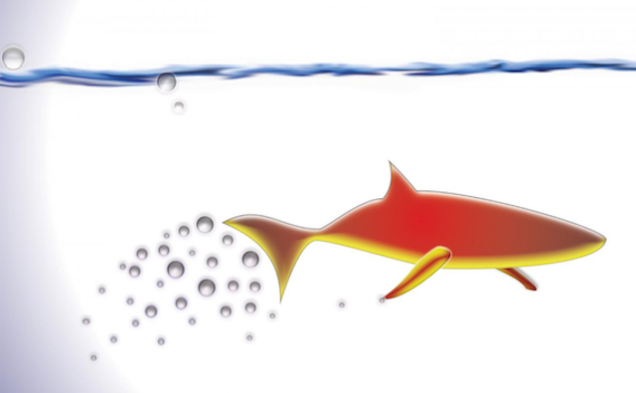
In the not-too-distant future, tiny robotic fish could be cruising around inside our our bodies, delivering drugs and cleaning up toxins. This week, engineers at the University of San Diego unveiled the first prototype: a chemically powered, magnetically controlled swimmer.
It’s called the “microfish,” and true to its name, it looks quite a bit like its biological, macroscopic brethren. But that’s where the similarities end. This fish was manufactured using a clever new 3D printing technique — one that could allow engineers to built complex microbots capable of performing all sorts of sophisticated tasks, from targeted drug delivery to environmental cleanup.
via Gizmodo
Image: W. Zhu and J. Li, UC San Diego Jacobs School of Engineering.




